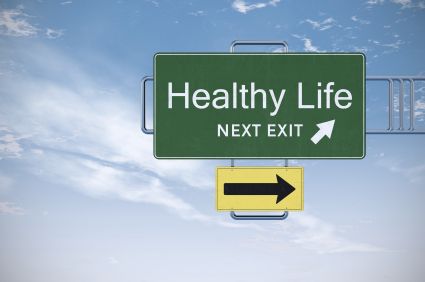Marasmus
Marasmus occurs due to food deprivation over an extended period of time. It is most common in infants and is a case of the child literally starving to death.
The word comes from the Greek for "dying away," which is exactly what happens to a child stricken with this serious condition. It is common in underdeveloped parts of the world, particularly in Africa, Asia and South America. It is associated with extreme poverty where mother and child have limited access to nourishing food.
The hallmark of a child with this devastating malady is a lack of flesh covering their bones and spindly arms and legs. Due to protein deficiency, the muscles waste away, including the heart muscle, causing weakness and eventually death.
Characteristics
|
-Most common in infants and very young children -Associated with long term protein and energy malnutrition -Failure to grow and develop at normal rate -Severe weight loss and muscle wasting -Fragile skin and hair |
-Bones apparent through the skin -Little or no subcutaneous fat -Spindly arms and legs -Apathy -Anxiety |

Not without hope
The effects of marasmus can be reversed if intervention occurs before too much damage has been done.
In severe cases, it requires careful introduction of nutritious food, in small amounts at first, until the patient is sufficiently recovered to handle larger servings.
Click here to go to Bright Hope International website, and help feed the hungry children of the world.
Is your protein complete?
One aspect related to protein deficiency, is the issue of complete versus incomplete proteins. Foods that contain all of the essential amino acids are called “complete proteins.” These complete protein foods are generally animal foods. Plant foods do not, as a rule, have complete proteins, but by combining certain plant foods, called “complementary proteins, ” you can make a complete protein.
Here is a list of complementary proteins, or proteins that when eaten together become complete.
|
Legumes... with Nuts Legumes... with Grains Legumes... with Seeds Legumes... with Dairy |
Grains... with Dairy Nuts/Seeds... with Dairy Nuts/Seeds... with Legumes Dairy... with Nuts/Seeds and Legumes |
For example, when you eat beans with rice, such as in Mexican cuisine, you are obtaining a complete protein. The rice and beans complement each other, in that each has some of the essential amino acids and when eaten together, they provide all of the essential amino acids. It's generally believed by nutritionists that it is not necessary to eat these complementary proteins at the same meal.

